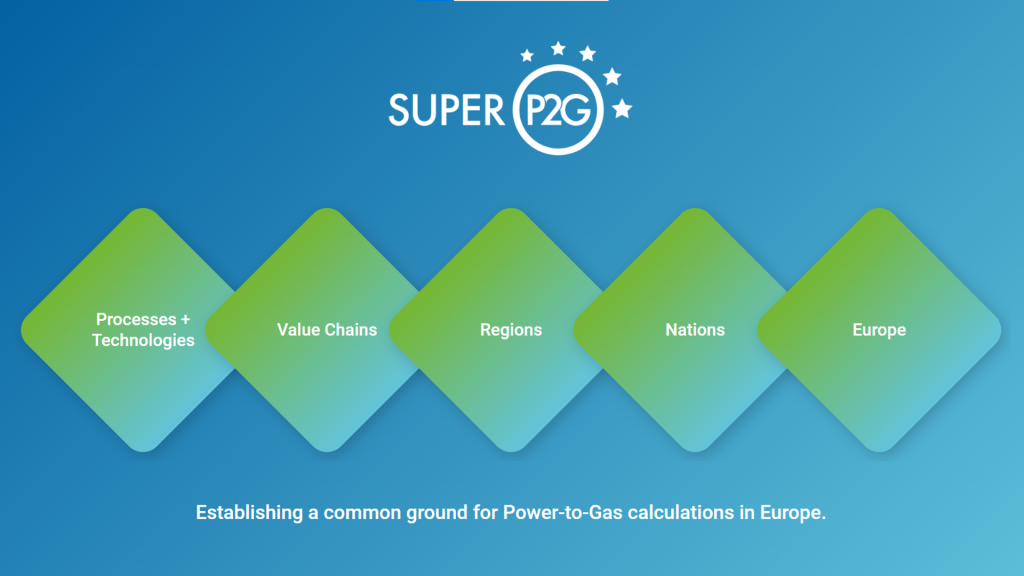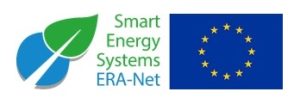About the project
The main objective of SuperP2G is to lower the threshold for need-owners to validate and put P2G to practice for “Smart Energy Systems”, “Sectorial Integration” as well as “Local&Regional development”. The sub-objectives of the consortium is to:
- Optimise P2G systems by connecting leading national projects/regions with regard to P2G and their corresponding need-owners in EU with each other to utilise synergies with regard to the evaluation tools and procedures used when evaluating P2G;
- Showcase the potential for P2G in each involved country and derive pan European conclusion with regard to the technology, Market conditions and Stakeholder adaptation; and
- Raise visibility and knowledge levels about the possibilities with P2G throughout Europe and especially in the involved countries.
Integration of energy vectors is key to ensure cost-efficient inclusion of renewable energy. P2G contributes to the overall efficiency and balancing of the energy system with energy storage and transfer of green energy to end use sectors. Currently, regional commercial P2G-projects have not yet emerged.
SuperP2G will ensure that P2G solutions approach commercial implementation by contributing to
- technical optimisation and system integration
- market access and uptake, as well as for
- development of solutions for adoption.
SuperP2G interconnects leading P2G initiatives in five countries, ensuring joint learning in a timeslot of three years (2019-2022). Each national project focuses on different challenges, where researchers team up with local need-owners to co-create solutions. SuperP2G focuses on improving existing tools including open access, as well as develop a new open tool based on the OptiFlow and H2IndexII tools. This is supplemented with analysis of regulation and markets, as well as stakeholder involvement.
The deliverables include a set of tools and procedures to foster implementation of P2G in the planning as well as in operation of P2G in integrated energy systems. These tools, databases and methodology are improved by the insights of the different case studies as well as the cross-insemination. Furthermore, the project developed a P2G modelling webtool that combines the insights and methods from the tools that were applied during this research: https://superp2g.external.dbi-gruppe.de/
Other deliverables include scientific papers from the different case studies, including models for assessment of power-to-gas systems:
publications and downloads.
The SuperP2G webtool
SuperP2G improved existing evaluations methods and developed new open access tools which were presented during the SuperP2G closing conference.
These tools, databases and methodologies were improved by the insights of the different case studies as well as the crossinsemination. This resulted in a tool-kit for P2G modelling on regional, national and European level that was combined in the SuperP2G webtool.
This tool-kit makes it possible
- to improve the technical and economic analysis of P2G processes,
- to optimally plan and operate P2X systems,
- to integrate renewable sources and hydrogen applications in local energy systems,
- to investigate the optimal operation of energy hubs and flexibility through P2X technology,
- to select size and location of P2G systems on regional and national level,
- to analyse future demand of renewable H2 and SNG for the industry,
- to analyse where in Europe, when and under which conditions green hydrogen will be produced.”



